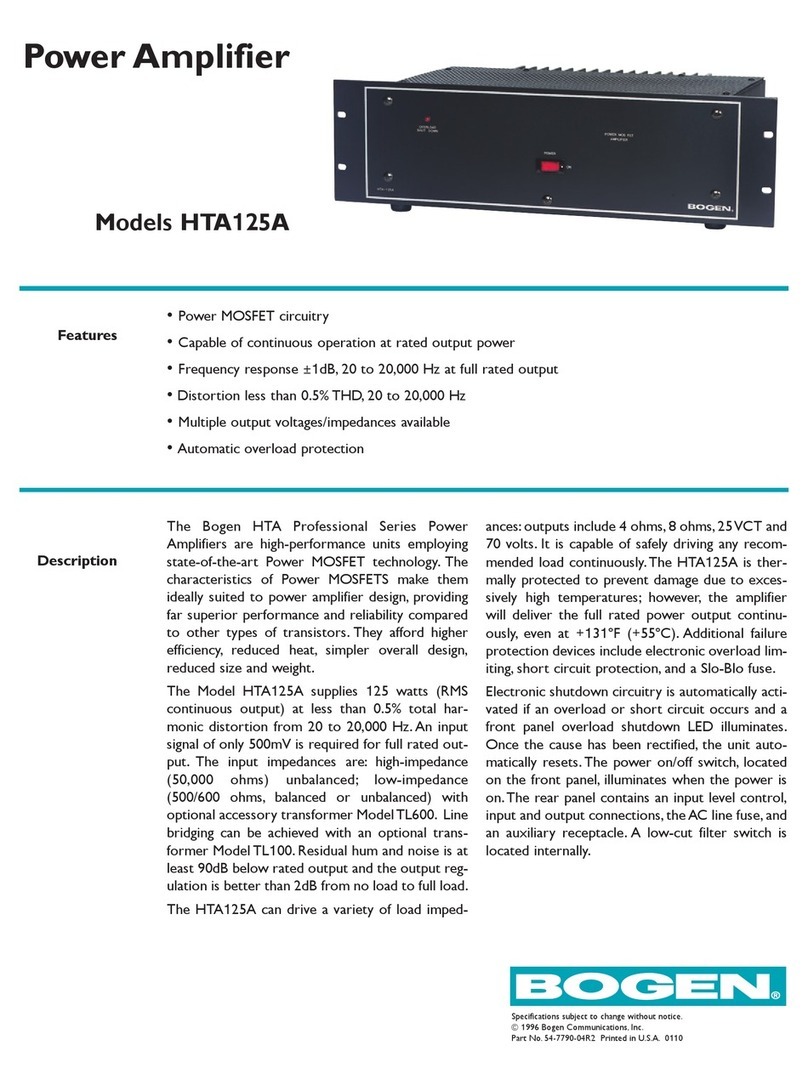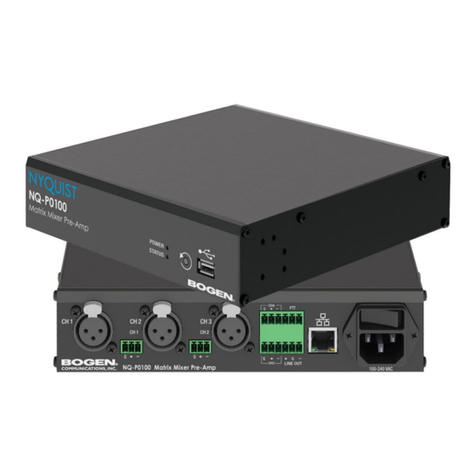Bogen WMA-80 Owner's manual
Other Bogen Amplifier manuals
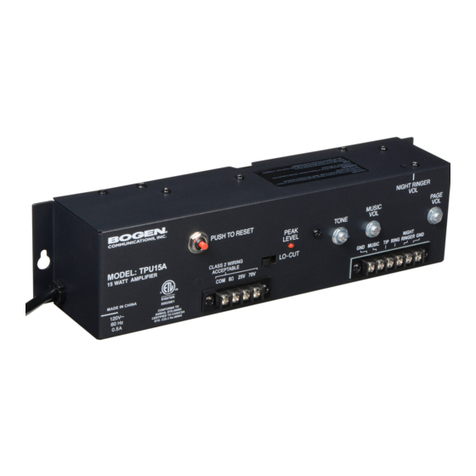
Bogen
Bogen TPU-15A User manual

Bogen
Bogen NYQUIST NQ-P0100 Instruction sheet
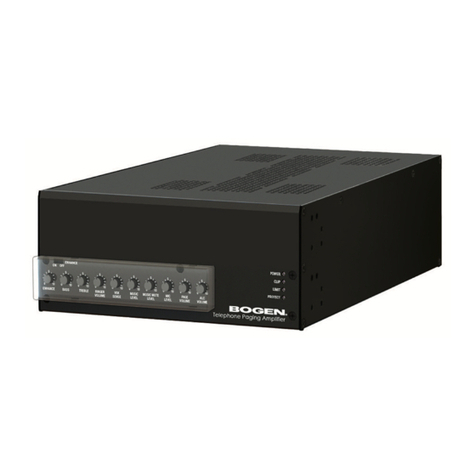
Bogen
Bogen TPU600-G2 Operating manual
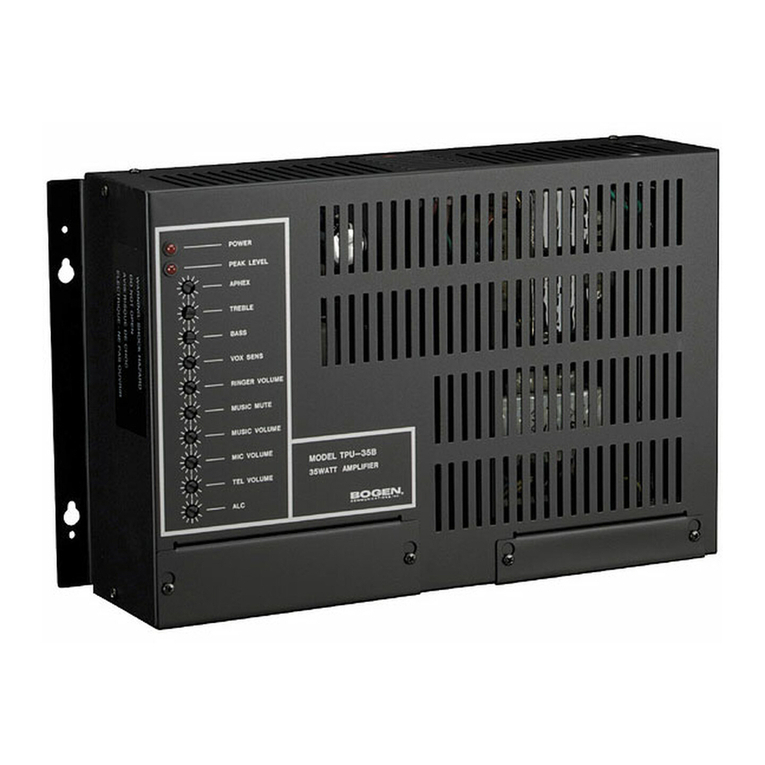
Bogen
Bogen TPU-100B Guide
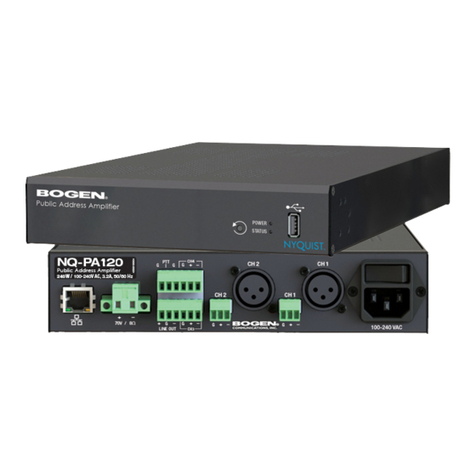
Bogen
Bogen NQ-PA120 User manual
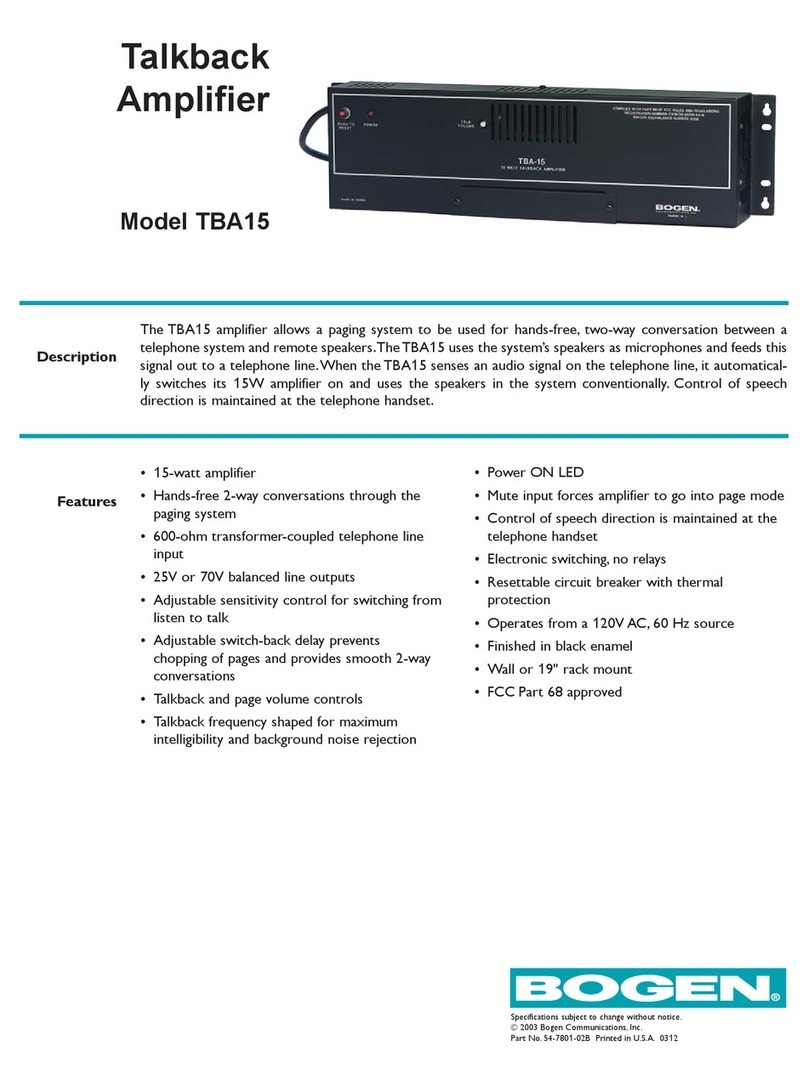
Bogen
Bogen TBA-15 User manual
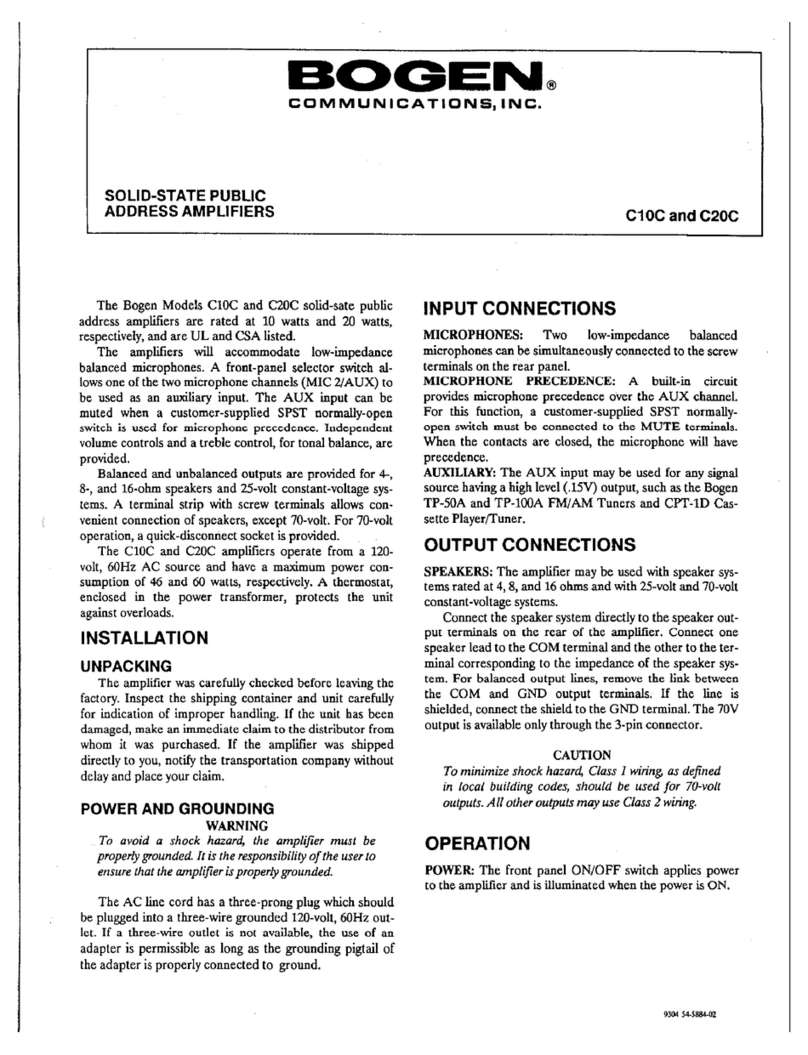
Bogen
Bogen C10C User manual
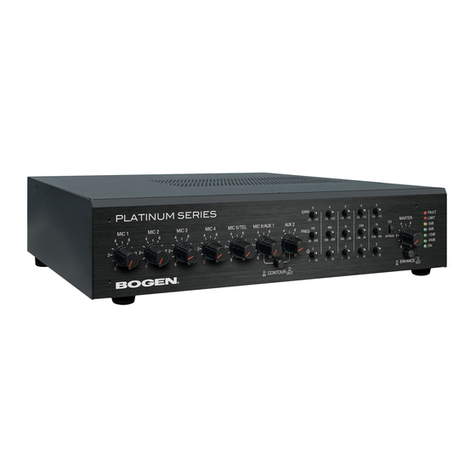
Bogen
Bogen Platinum Series Guide
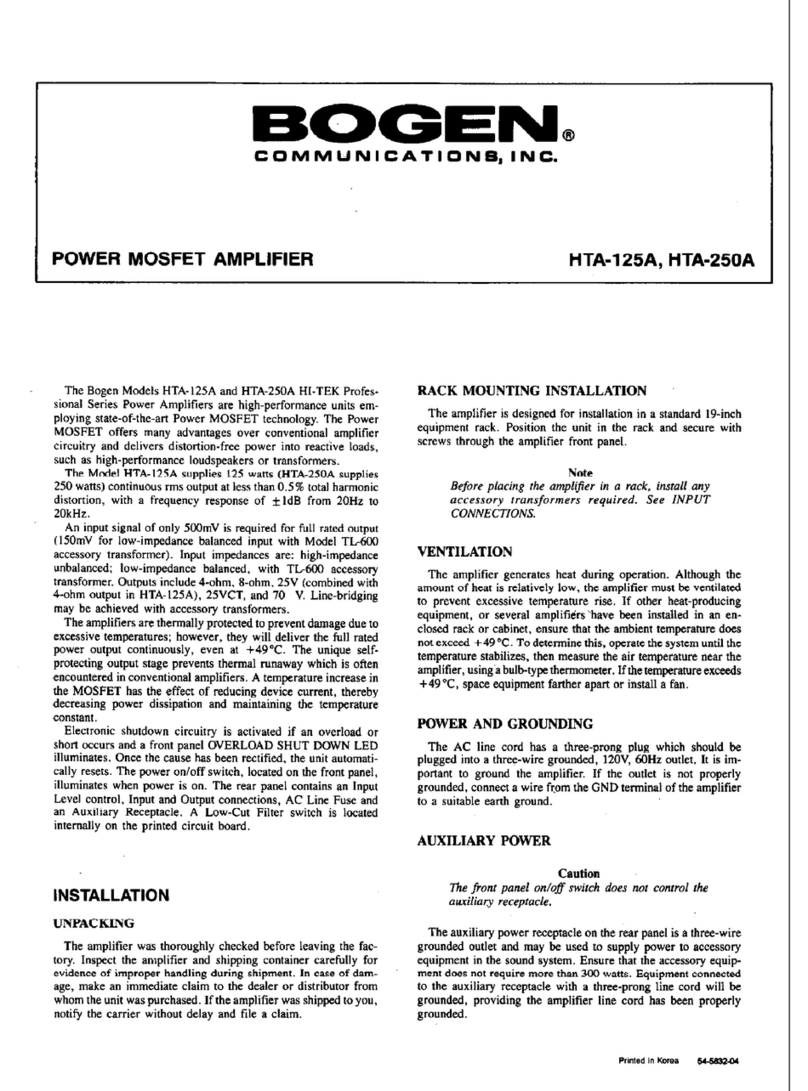
Bogen
Bogen HTA125A User manual
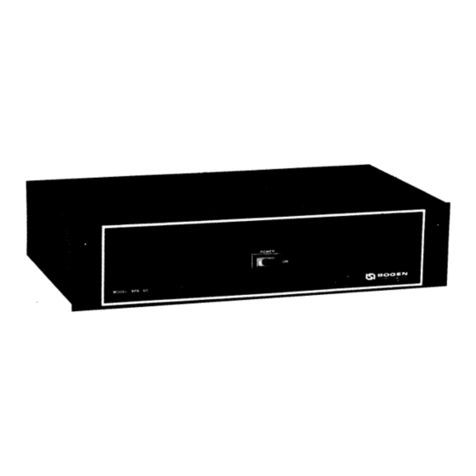
Bogen
Bogen BPA-60 User manual
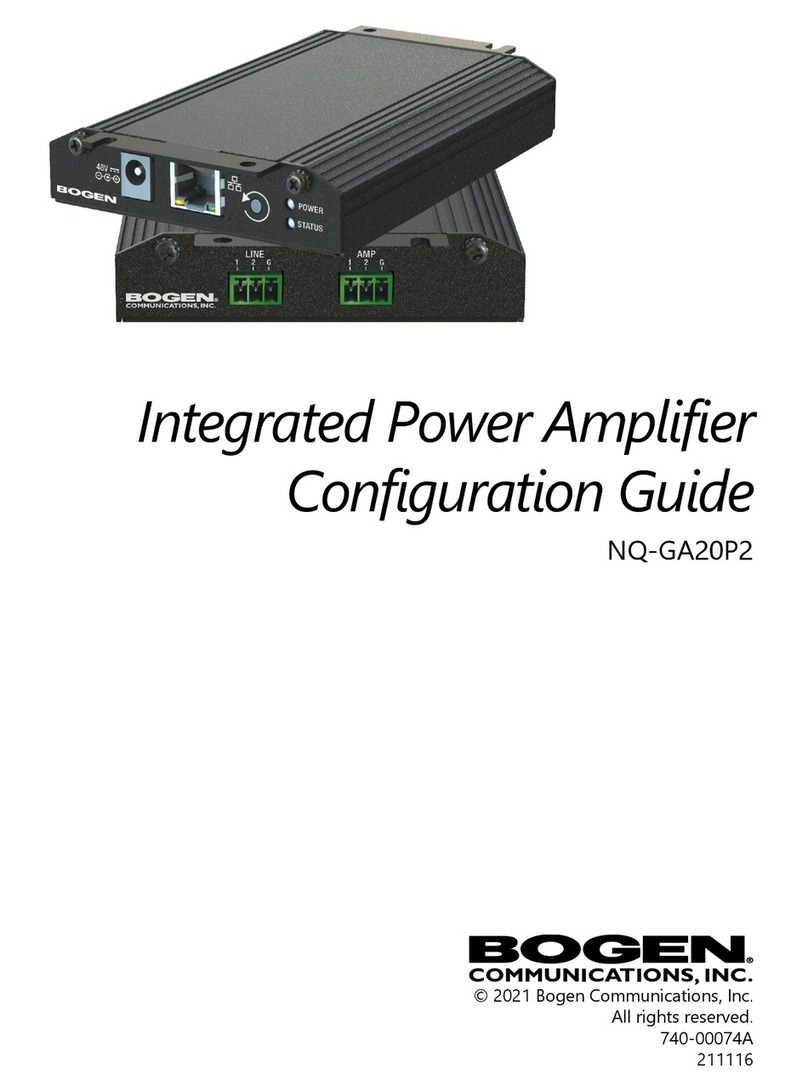
Bogen
Bogen NYQUIST NQ-GA20P2 User manual

Bogen
Bogen C10 User manual
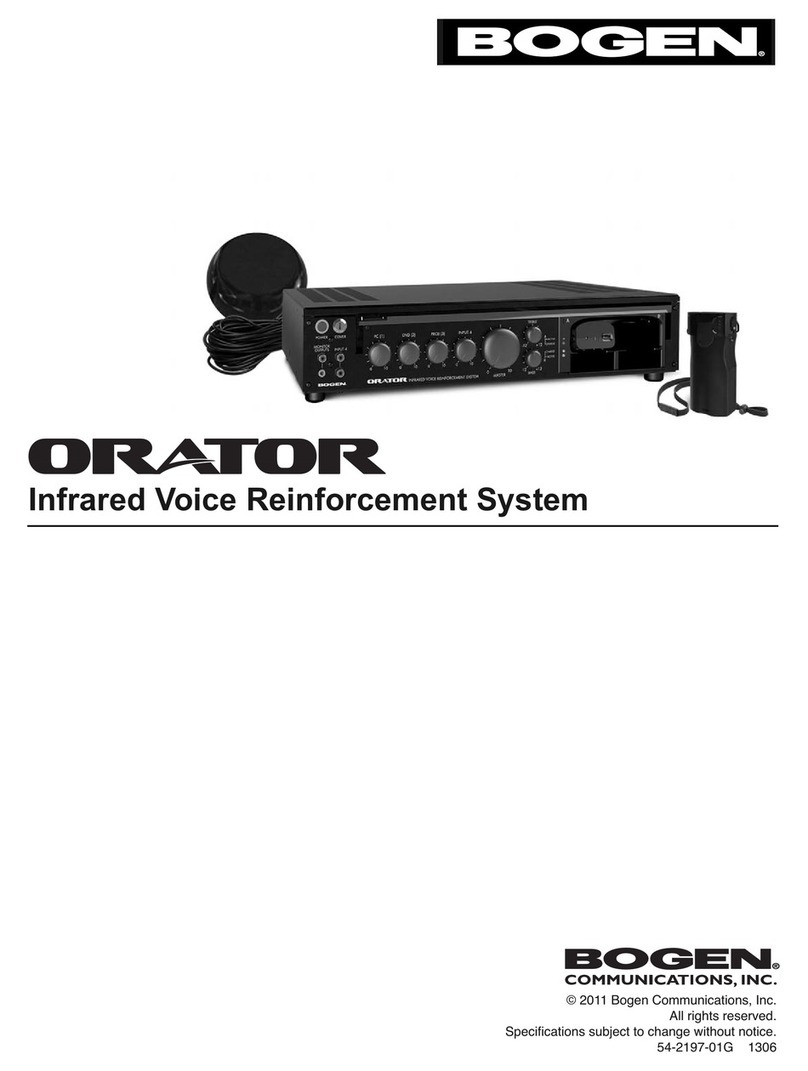
Bogen
Bogen ORATOR User manual
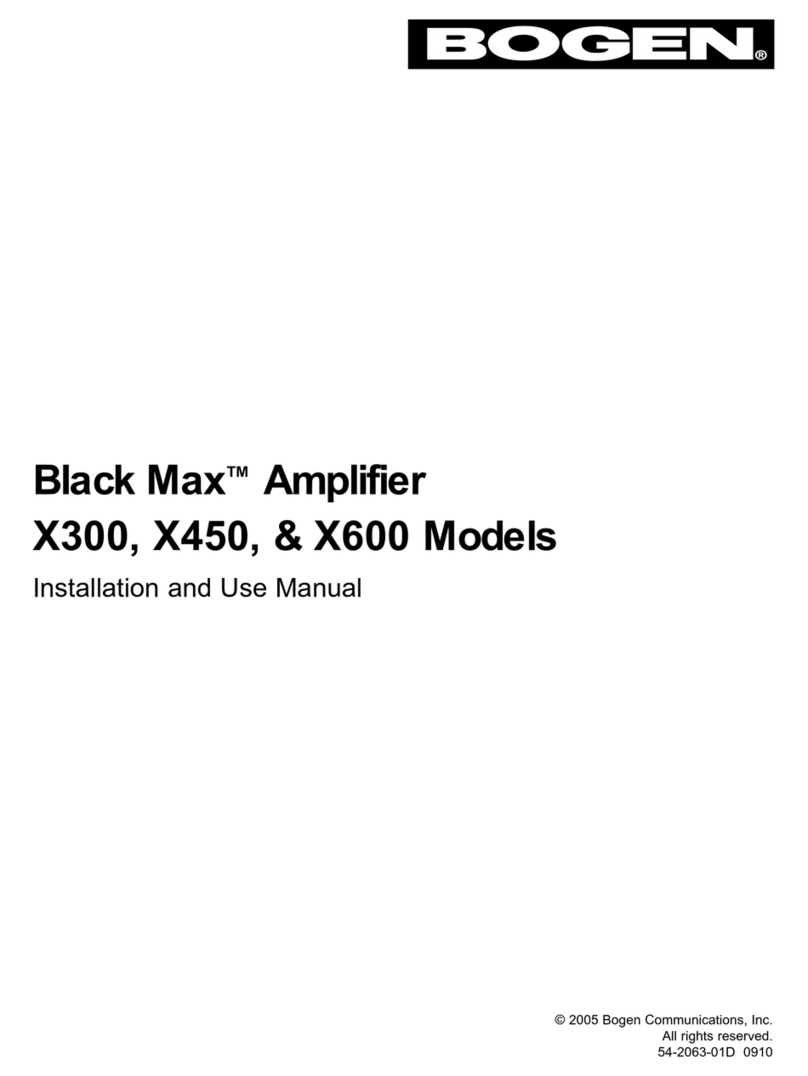
Bogen
Bogen X600 Guide

Bogen
Bogen CC4041 Guide
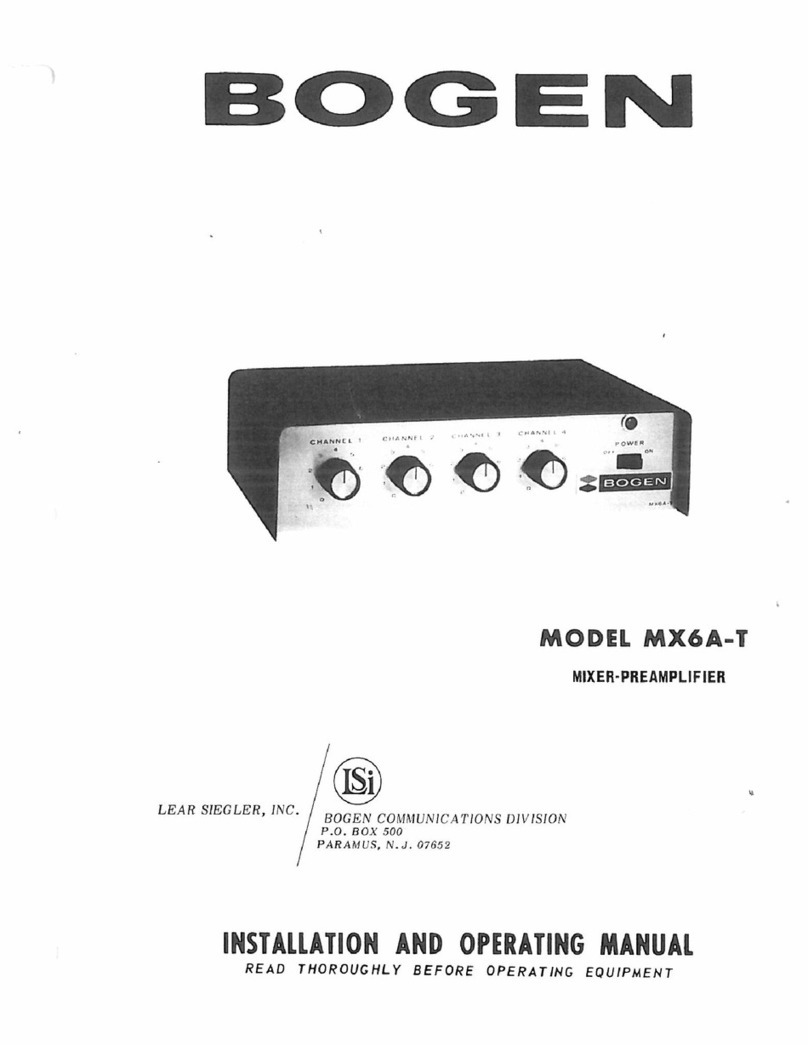
Bogen
Bogen MX6A-T Installation instructions
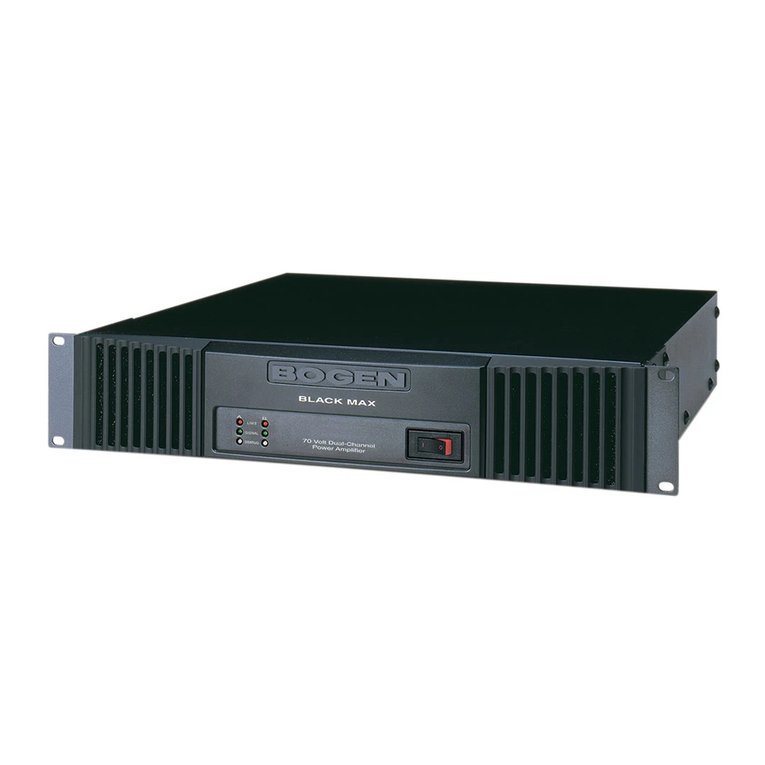
Bogen
Bogen X300 User manual
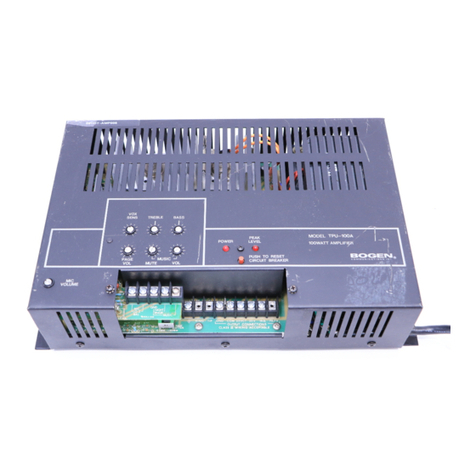
Bogen
Bogen TPU-35A User manual

Bogen
Bogen Classic C100 User manual
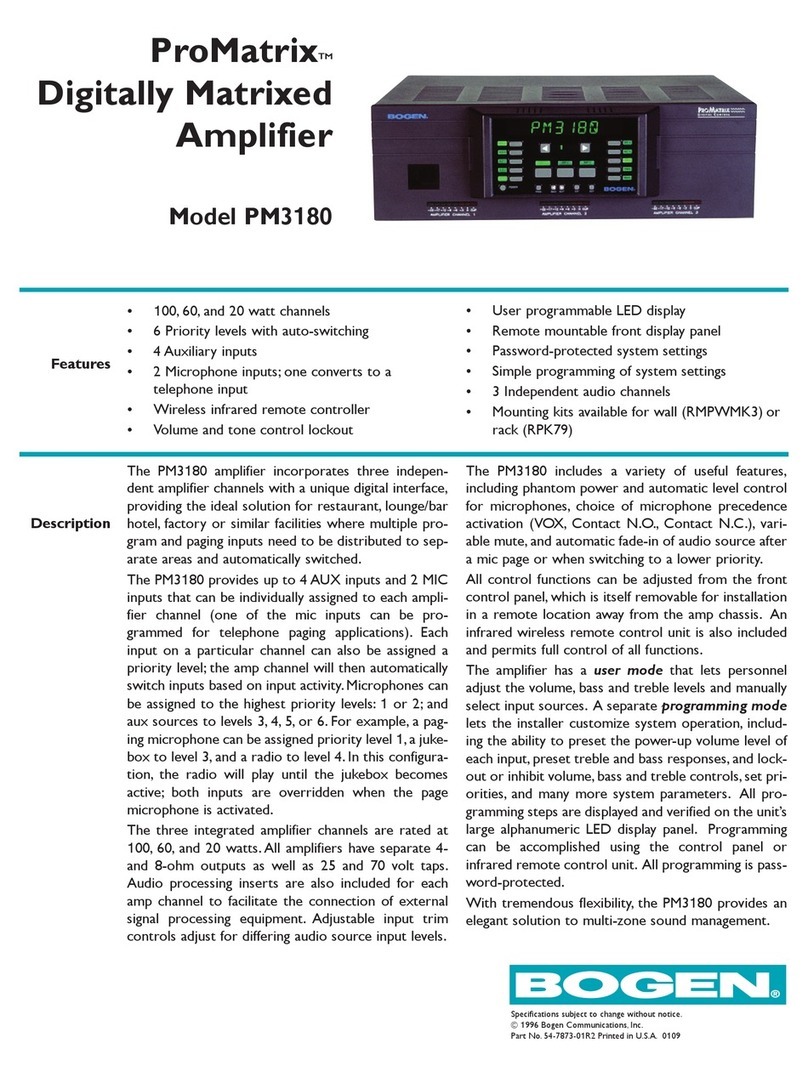
Bogen
Bogen PM-3180 User manual
